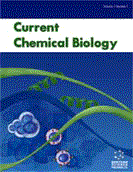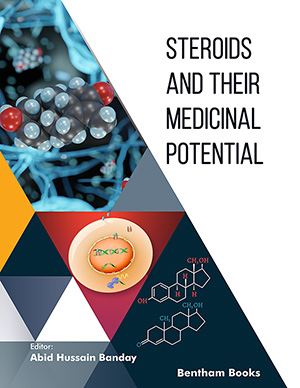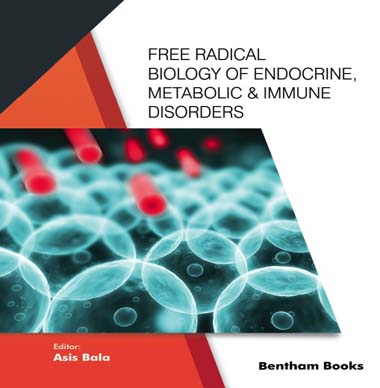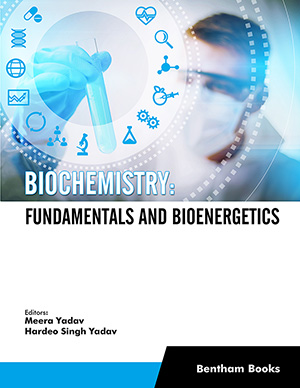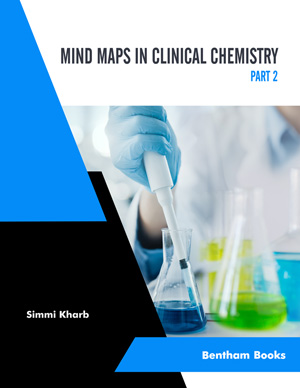Abstract
There are many cellular processes occurring in plastids. One of them concerns nitrogen assimilation (nitrate and ammonium). Photosynthesis taking place in the same organelle plays a key role in direct or indirect assimilation of nitrogen. This is involved in the building of the fundamental life molecules: nucleotides, proteins, chlorophyll and numerous other metabolites and cellular components. This review enlightens the mechanisms involved in the transport, reduction and assimilation of nitrate implying specific transporters in the plastid envelopes, specific enzymes as glutamine synthetase/ glutamate synthase pathway in the plastid stroma from plants and algae studied in the lab as models. EPSP synthase, AHA synthase and GS participating to amino acid biosynthesis have been used as targets for widely distributed herbicides. This paper will review the molecular basis of their inhibiting action and the various approaches to obtain herbicide- tolerant crops.
Keywords: Algae, chloroplasts, herbicides, higher plants, herbicide tolerant crops, nitrate, nitrite, plastids, ransmembrane, lamina
Current Chemical Biology
Title:Plastidal Pathways for Nitrogen Assimilation and the Inhibition of Amino Acid Biosynthesis by Herbicides
Volume: 6 Issue: 3
Author(s): Pascale Moulin and Yves Lemoine
Affiliation:
Keywords: Algae, chloroplasts, herbicides, higher plants, herbicide tolerant crops, nitrate, nitrite, plastids, ransmembrane, lamina
Abstract: There are many cellular processes occurring in plastids. One of them concerns nitrogen assimilation (nitrate and ammonium). Photosynthesis taking place in the same organelle plays a key role in direct or indirect assimilation of nitrogen. This is involved in the building of the fundamental life molecules: nucleotides, proteins, chlorophyll and numerous other metabolites and cellular components. This review enlightens the mechanisms involved in the transport, reduction and assimilation of nitrate implying specific transporters in the plastid envelopes, specific enzymes as glutamine synthetase/ glutamate synthase pathway in the plastid stroma from plants and algae studied in the lab as models. EPSP synthase, AHA synthase and GS participating to amino acid biosynthesis have been used as targets for widely distributed herbicides. This paper will review the molecular basis of their inhibiting action and the various approaches to obtain herbicide- tolerant crops.
Export Options
About this article
Cite this article as:
Moulin Pascale and Lemoine Yves, Plastidal Pathways for Nitrogen Assimilation and the Inhibition of Amino Acid Biosynthesis by Herbicides, Current Chemical Biology 2012; 6 (3) . https://dx.doi.org/10.2174/2212796811206030005
| DOI https://dx.doi.org/10.2174/2212796811206030005 |
Print ISSN 2212-7968 |
| Publisher Name Bentham Science Publisher |
Online ISSN 1872-3136 |
 8
8
- Author Guidelines
- Graphical Abstracts
- Fabricating and Stating False Information
- Research Misconduct
- Post Publication Discussions and Corrections
- Publishing Ethics and Rectitude
- Increase Visibility of Your Article
- Archiving Policies
- Peer Review Workflow
- Order Your Article Before Print
- Promote Your Article
- Manuscript Transfer Facility
- Editorial Policies
- Allegations from Whistleblowers
Related Articles
-
Iron Chelators: Development of Novel Compounds with High and Selective Anti-Tumour Activity
Current Drug Delivery Genetically Modified Dendritic Cells for Cancer Immunotherapy
Current Gene Therapy Regulation of Hypoxia-inducible Factor-1α and Vascular Endothelial Growth Factor Signaling by Plant Flavonoids
Mini-Reviews in Medicinal Chemistry Analysis of Edg-Like LPA Receptor-Ligand Interactions
Current Pharmaceutical Design An Update on Management of Acute and Chronic Open Wounds: The Importance of Moist Environment in Optimal Wound Healing
Medicinal Chemistry Reviews - Online (Discontinued) Recent Advances on Radionuclide Labeled Hypoxia-Imaging Agents
Current Pharmaceutical Design Binding of Reactive Brilliant Red to Human Serum Albumin: Insights into the Molecular Toxicity of Sulfonic Azo Dyes
Protein & Peptide Letters Bioactive Heterocyclic Compounds as Potential Therapeutics in the Treatment of Gliomas: A Review
Anti-Cancer Agents in Medicinal Chemistry Ligands of Diltiazem Binding Site: An Overview of Some Chemotypes
Mini-Reviews in Medicinal Chemistry Green Tea, A Medicinal Food with Promising Neurological Benefits
Current Neuropharmacology Mas Receptor Agonists as Novel Antihypertensive Agents
Current Hypertension Reviews Secondary Metabolites from Cordyceps Species and Their Antitumor Activity Studies
Recent Patents on Biotechnology Antioxidant Properties of Hydroxycinnamic Acids: A Review of Structure- Activity Relationships
Current Medicinal Chemistry Bilirubin Chemistry and Metabolism; Harmful and Protective Aspects
Current Pharmaceutical Design Epigenetics of Aging
Current Genomics Hypoxia in Du-145 Prostate Cancer Xenografts After Estramustine Phosphate and Radiotherapy
Current Radiopharmaceuticals Transcatheter Aortic Valve Implantation Infective Endocarditis: Current Data and Implications on Prophylaxis and Management
Current Pharmaceutical Design Vascular Calcification Revisited: A New Perspective for Phosphate Transport
Current Cardiology Reviews Nanotechnology and Antioxidant Therapy: An Emerging Approach for Neurodegenerative Diseases
Current Medicinal Chemistry The Molecular Mechanisms for the Antitumorigenic Effect of Curcumin
Current Medicinal Chemistry - Anti-Cancer Agents


